Just sharing a few photos of the latest G.E./Harris Mastr III station to repeater conversion I’ve done. This one is for a SKYWARN group up in Northeast Alabama and
will be going on a recently coordinated VHF frequency pair.
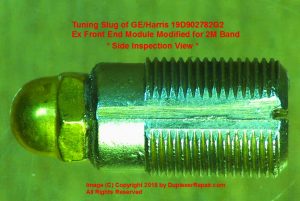
The same tuning slug, with acorn nut soldered to the insertion end. This extends the frequency range for the Rx Front End module tuning, allowing it to reach the 2 Meter band. Harris/G.E. definitely did not have Amateur Radio use in mind when they engineered these things; however, they thankfully did not completely prevent them from having the capability to be converted. They came close — very close — but that just amounts to a “Hold my beer!” occasion for those of us who like to turn great commercial radio gear into ham equipment, right?
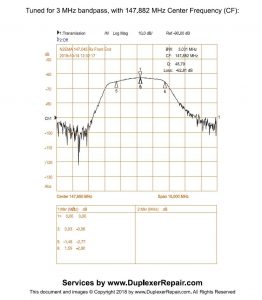
VNA used to tune Rx Front End Module tuned for 3 MHz bandpass. Because the repeater is being used for a (+) offset (high-side receive pair), I centered the receiver bandpass in the upper end of the 2 Meter FM Analog Voice portion of the band to optimize reception at the coordinated frequency.
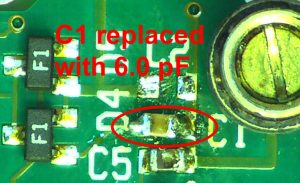
Rx Synthesizer Module modification includes removal of capacitor C2 and replacement of C1 with a 6.0 pF. Surface Mount Device work.
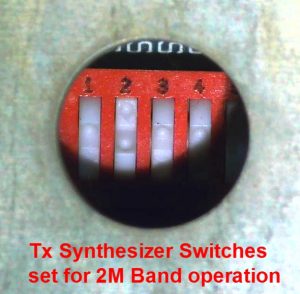
The capacitance range DIP switches in the Tx synthesizer module have to be changed in order to facilitate 2 Meter operation.
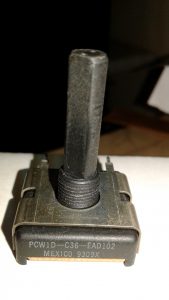
The 1K Volume potentiometer was not working correctly. Instead of spending a lot of money on a very hard to find replacement (and having to wait for it), I decided to tear it apart and repair it. That little bit of surgery went fine, and was definitely an interesting piece of work.
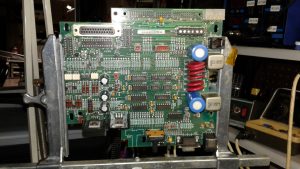
The Volume pot is located on the Interface Board. Here’s the board on the lab bench during the potentiometer repair.
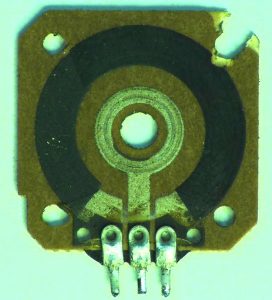
The potentiometer had problems with the contacts between the contact solder pins and the resistor assembly. Some rework of the grommets holding the pins in place (and a little fine soldering work) fixed that problem.
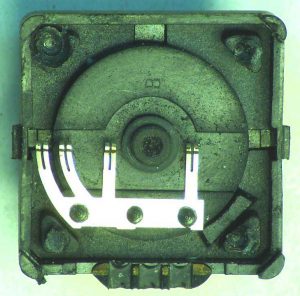
Also cleaned and reshaped the contact fingers, which are attached to the pot control shaft and make contact with the resistance surface on the contact/resistance wafer and solder pins.
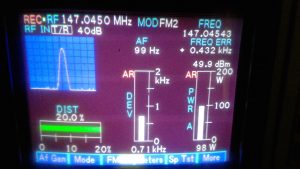
The repeater is testing great, with 99 Watts of P.A. output. Ready to be transported to the site and put into service.
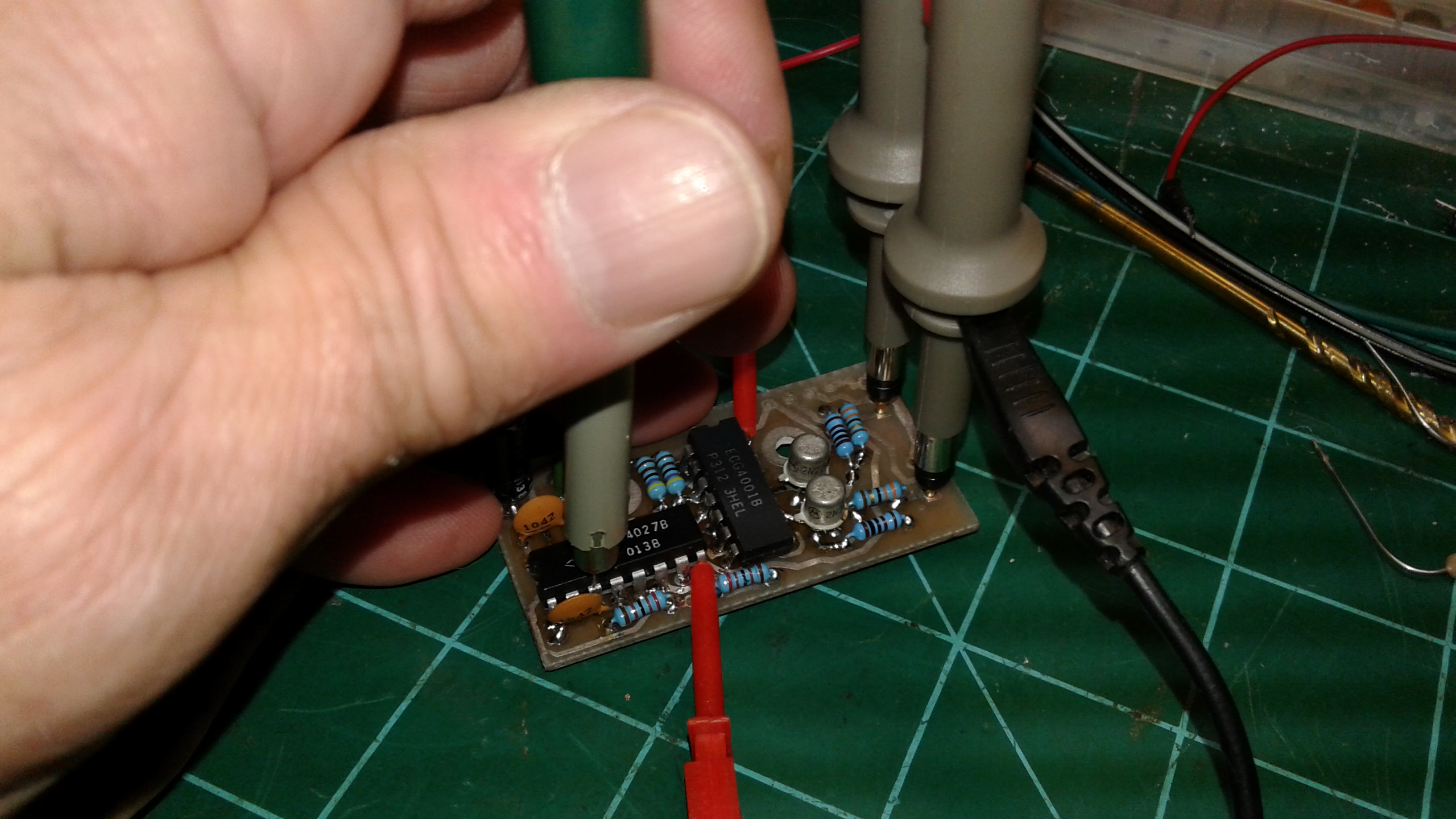
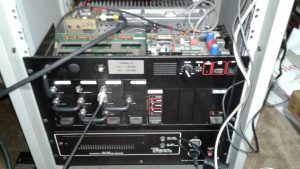
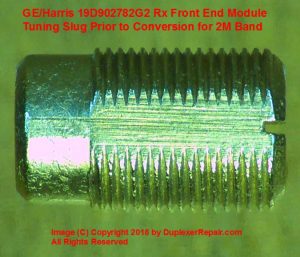
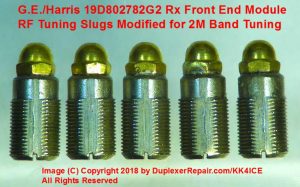
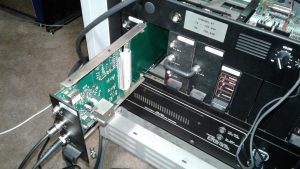
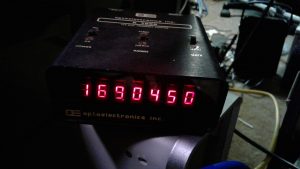
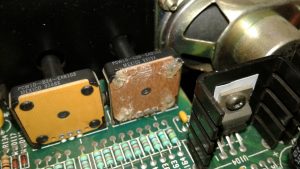
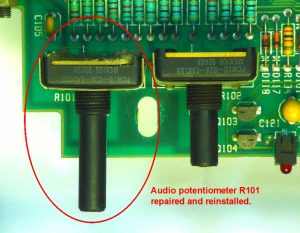
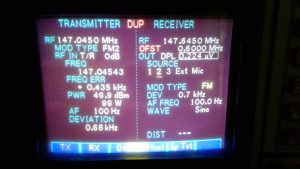
Recent Comments